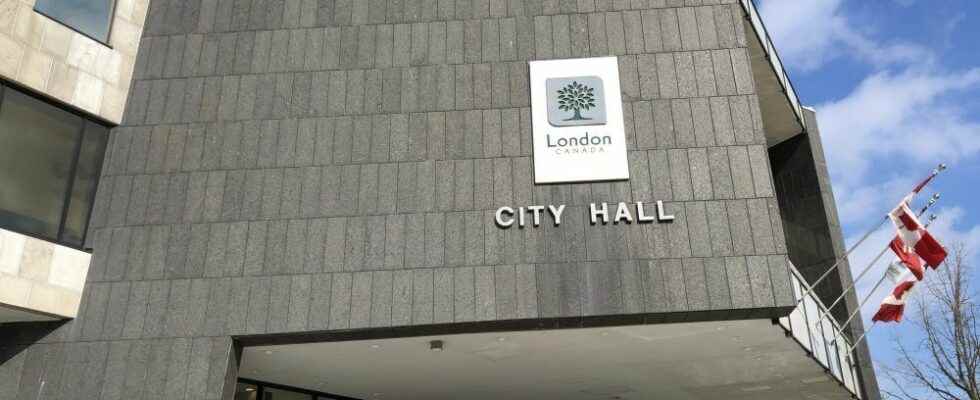London city hall is fielding roughly one complaint a day about election signs, with a handful already yanked out by city staff for violating local rules.

London city hall is fielding roughly one complaint a day about election signs, with a handful already yanked out by city staff for violating local rules.
Candidate signs and billboards are a common sight on London boulevards and at busiest intersections as an election looms.
Municipal election signs weren’t allowed until nominations closed on Aug. 19. Many campaigns began hammering their stakes into the ground soon after. By Wednesday, 16 complaints had been made to city hall, and nearly one-quarter of those errant signs were taken down.
“Three signs were removed which were in contravention of the (election sign) bylaw. The main concern with respect to sign locations is obstructed sight lines,” city hall’s bylaw boss Orest Katolyk said.
City council tightened its election sign bylaw earlier this year, changing the rules in hopes of cutting down on the “visual clutter” election signs pose and avoiding distractions for drivers.
Among other rules, candidates must:
- Keep their signs 100 meters apart
- Place signs at least three meters back from the road
- Keep heights below 1.8 meters when signs are within eight meters of the road
- Avoid putting signs in parks or on fences, gates or utility poles on public property
- Keep signs off roads or sidewalks, and the boulevards between sidewalks and roads.
Election signs are a common campaign tactic, but they have to accompany deeper efforts to win votes, one longtime political observer said.
-

Goodbye to sign lines? Proposed rules would space out campaign staple
-

Election signs: Visual clutter or a way to get the message out?
“I knew some incumbents, all they did is put up signs, recycled from previous campaigns,” political scientist Peter Woolstencroft said.
“I don’t like people putting up signs and saying, ‘That’s it, I’m done my campaign.’ I want people knocking on doors and making calls and engaging the community. That’s a critical part of the democratic electoral process,” Woolstencroft added.
StartingJan. 1, Waterloo Region, where Woolstencroft lives, banned election signs on its regional roads. Kitchener and the City of Waterloo also prohibit them on city streets.
“I dodon’t miss the intersections where there’s 42 signs. If I want to go to look at a bunch of pretty colorsI can go to an art gallery,” Woolstencroft said.
London bylaw officers don’t have to inform a candidate before they take down an election sign that runs afoul of the bylaw. Signs are then stored for 30 days at the works yard on Bathurst Street.
